Developed at PNNL, Shear Assisted Processing and Extrusion, or ShAPE™, uses significantly less energy and can deliver components like wire, tubes and bars 10 times faster than conventional extrusion, with no sacrifice in quality.
Tag: Sustainable Energy
Avoiding an Energy Cold Crunch with More Efficient Cooling
Covalent organic polymers can adsorb three times more refrigerant than the best available alternatives, resulting in more efficient cooling.
ASU ranks No. 1 in Sierra Club’s ‘coolest schools’
Arizona State University ranked No. 1 on Sierra magazine’s 15th annual “coolest schools” competitive ranking of the world’s most environmentally friendly colleges and universities in North America.
Riveting Technology Enables Lightweight Magnesium Fasteners for Fuel Efficiency
Rotational Hammer Riveting, developed by PNNL, joins dissimilar materials quickly without preheating rivets. The friction-based riveting enables use of lightweight magnesium rivets and also works on aluminum and speeds manufacturing.
A new approach creates an exceptional single-atom catalyst for water splitting
Anchoring individual iridium atoms on the surface of a catalyst made them a lot better at splitting water – a reaction that’s been a bottleneck in making sustainable energy production more competitive.
Bringing Order to Chaotic Bubbles Can Make Mining More Sustainable
A new way to control the motion of bubbles from researchers at Columbia Engineering might one day help separate useful metals from useless dirt using much less energy and water than is currently needed.
To Reduce Vehicle Pollution, a Single Atom Can Do the Work of Several
A discovery from PNNL and Washington State University could help reduce the amount of expensive material needed to treat vehicle exhaust by making the most of every precious atom.
Scientists show a single catalyst can perform the first step of turning CO2 into fuel in two very different ways
Scientists at Stanford and SLAC made a new catalyst that works with either heat or electricity to accelerate a reaction for turning carbon dioxide into carbon monoxide. It’s an important step toward unifying the understanding of catalytic reactions in these two very different conditions.
Waste to Energy: Biofuel from Kelp Harvesting and Fish
Using existing fish processing plants, kelp and fish waste can be converted to a diesel-like fuel to power generators or fishing boats in remote, coastal Alaska.
Calling all couch potatoes: this finger wrap can let you power electronics while you sleep
A new wearable device turns the touch of a finger into a source of power for small electronics and sensors. Engineers at the University of California San Diego developed a thin, flexible strip that can be worn on a fingertip and generate small amounts of electricity when a person’s finger sweats or presses on it. What’s special about this sweat-fueled device is that it generates power even while the wearer is asleep or sitting still.
A novel energy storage solution featuring pipes and anchors
What do pipes and anchors have to do with storing energy? More than you might think! A new IIASA-led study explored the potential of a lesser known, but promising sustainable energy storage system called Buoyancy Energy Storage.
Internships Put Futures in Flight
PNNL intern Ki Ahn spent this past year as an undergraduate at PNNL gaining hands-on research experience in clean energy storage technologies for vehicles and aviation. Ahn is enrolling in Stanford University this fall to finish his bachelor’s degree. With plans to major in mechanical engineering or computer science, he wants to explore how future aircraft technologies can be designed to reduce harmful environmental effects.
Decisions, Decisions: Climate Change and Water
PNNL’s Framework for Assessment of Complex Environmental Tradeoffs (FACET) is designed to navigate and rigorously evaluate competing environmental, economic, and social impacts to help make decisions more equitable. In an example scenario prepared using publicly available data, FACET was applied to predict tradeoffs facing the Colorado River and to balance competing demands of river flow and temperature, along with withdrawals for cities, crop irrigation, and power generation.
CRuSE-ing Toward Community Carsharing in Hood River, Oregon
Access to transportation will be made easier in a semi-rural Oregon town through an electric vehicle carsharing program. PNNL is lending analytics expertise that will inform programs in other rural and semi-rural areas.
Recycling Gives New Purpose to Spent Nuclear Fuel
PNNL researchers developed an innovative capability to rapidly separate, monitor, and tightly control specific uranium and plutonium ratios in real-time—an important achievement in efficiently controlling the resulting product and safeguarding nuclear material.
Clingy Copper Ions Contribute to Catalyst Slowdown
PNNL scientists, working with researchers at Washington State University and Tsinghua University, discovered a mechanism behind the decline in performance of an advanced copper-based catalyst. The team’s findings, featured on the cover of the journal ACS Catalysis, could aid the design of catalysts that work better and last longer during the NOx conversion process.
Texas A&M AgriLife Research study to focus on amino-acid radicals
Texas A&M AgriLife Research will study the function of amino-acid radicals, which are fundamental to both beneficial and harmful chemical reactions in living organisms.

‘Wearable microgrid’ uses the human body to sustainably power small gadgets
This shirt harvests and stores energy from the human body to power small electronics. UC San Diego nanoengineers call it a “wearable microgrid”—it combines energy from the wearer’s sweat and movement to provide sustainable power for wearable devices.
Experts list: Momentous shift to clean energy future?
The Biden administration has advanced a significant shift in U.S. climate policy that prioritizes clean energy jobs and reductions in carbon emissions as well as an effort to protect communities against inevitable climate-related events. Industry, too, from energy to auto,…
Transformations within reach: Pathways to a sustainable and resilient world
The International Institute for Applied Systems Analysis (IIASA) and the International Science Council (ISC) have drawn on the combined strengths and expertise of the two organizations to help build a sustainable post-COVID-19 world.
Advancing the accurate tracking of energy poverty
A novel measurement framework that better aligns with the services people lack rather than capturing the mere absence of physical connections to a source of electricity can help track energy poverty.
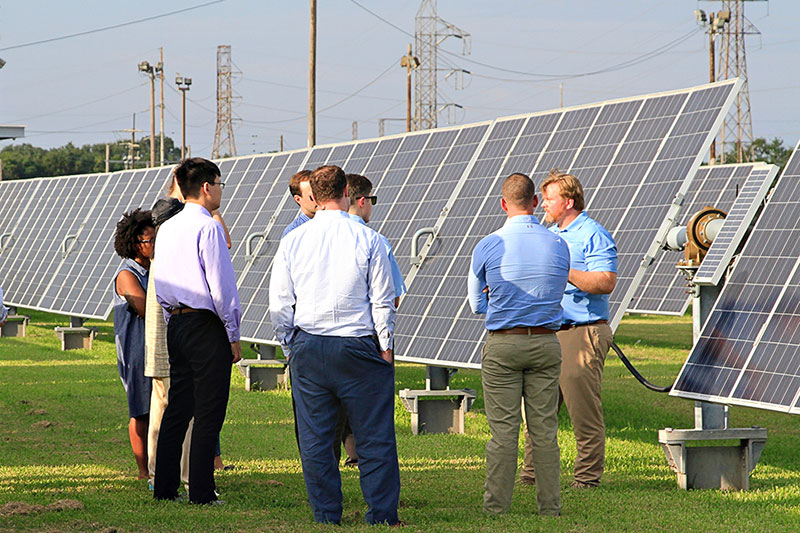
Tulane University launches new degree program in renewable energy
With the growing role of renewables in the nation’s energy mix, Tulane University’s A. B. Freeman School of Business has launched a program to teach students how to bring renewable and sustainable energy projects from concept to completion.
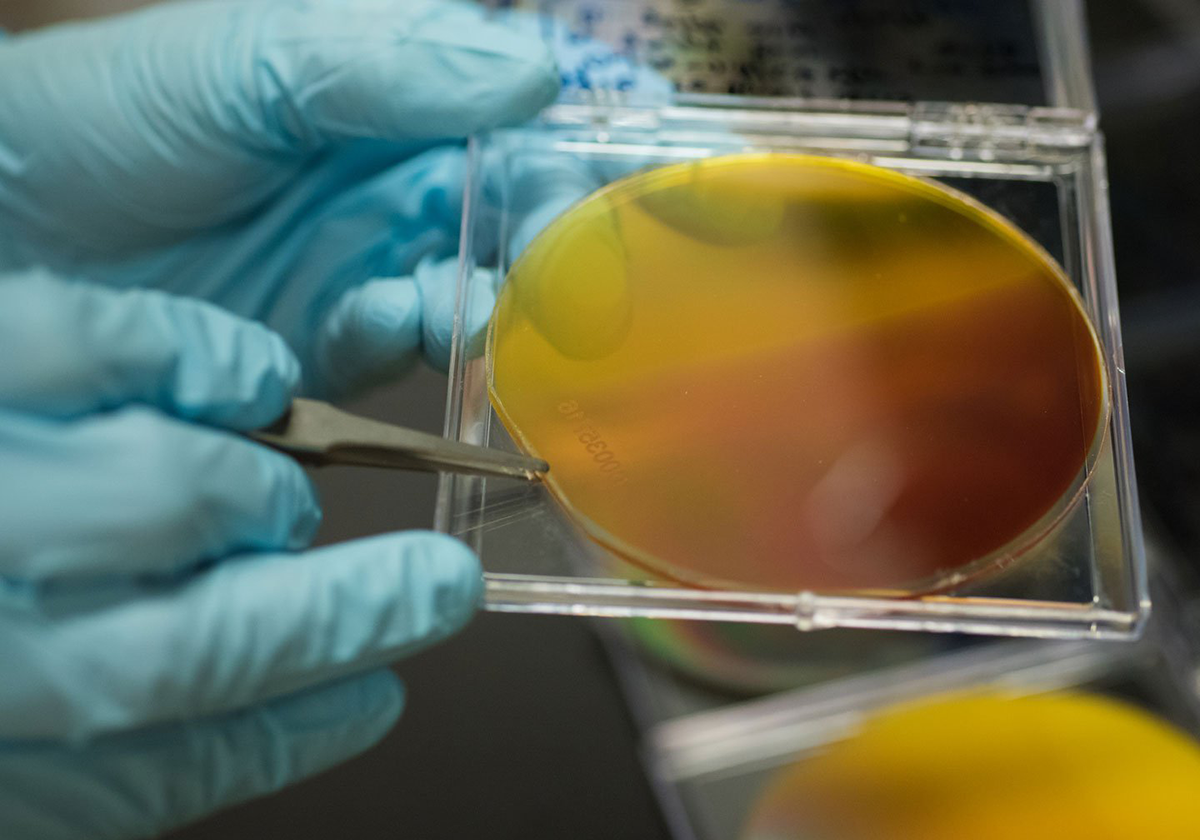
Berkeley Lab Part of Multi-Institutional Team Awarded $60M for Solar Fuels Research
The Department of Energy has awarded $60 million to a new solar fuels initiative – called the Liquid Sunlight Alliance (LiSA) – led by Caltech in close partnership with Berkeley Lab. LiSA will build on the foundational work of the Joint Center for Artificial Photosynthesis (JCAP).

Nature-Inspired Green Energy Technology Clears Important Development Hurdle
A new design has put the long-sought idea of artificial photosynthesis within reach
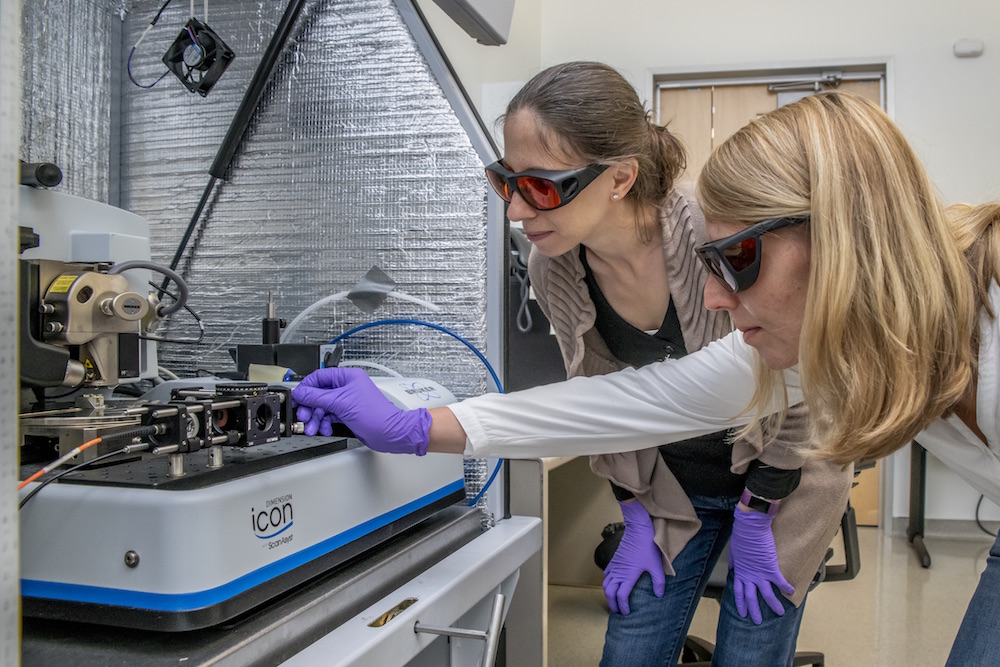
How JCAP Is Making Solar Fuels Shine
As we look back at a decade of discovery, we highlight 10 achievements by scientists at Berkeley Lab and the Joint Center for Artificial Photosynthesis that bring us closer to a solar fuels future.
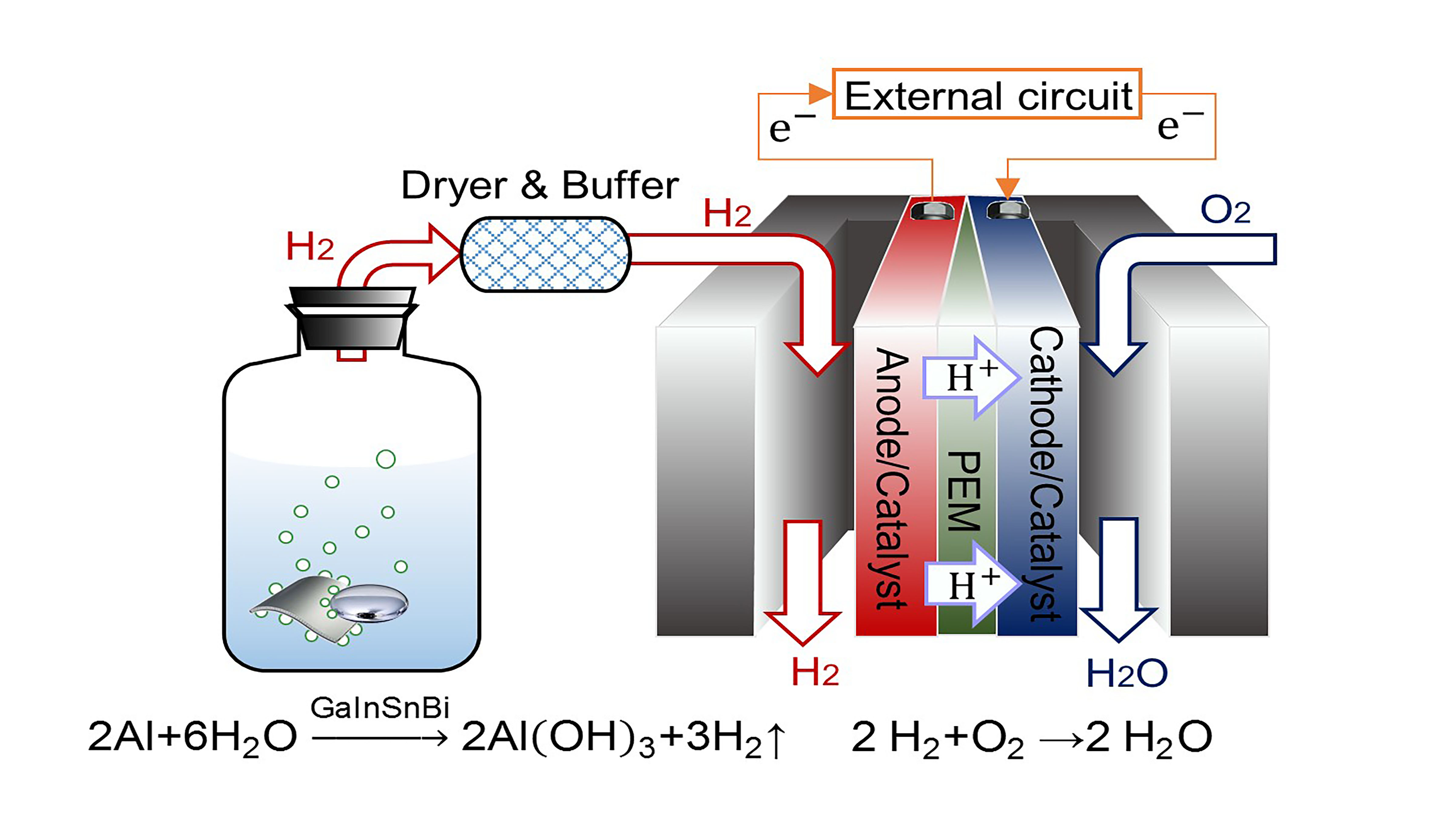
Instant Hydrogen Production for Powering Fuel Cells
Due to its affordability and environmental friendliness, hydrogen is a feasible alternative to fossil fuels for energy applications. However, due to its low density, hydrogen is difficult to transport efficiently, and many on-board hydrogen generation methods are
slow and energy intensive.
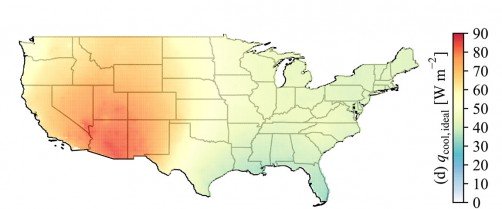
Which Climates Are Best for Passive Cooling Technologies?
If you guessed locations with drier atmospheres and frequent clear skies, you’re right. WASHINGTON, D.C., June 25, 2019 — A group of University of California, San Diego researchers set out to gain a better understanding of the thermal balance of…